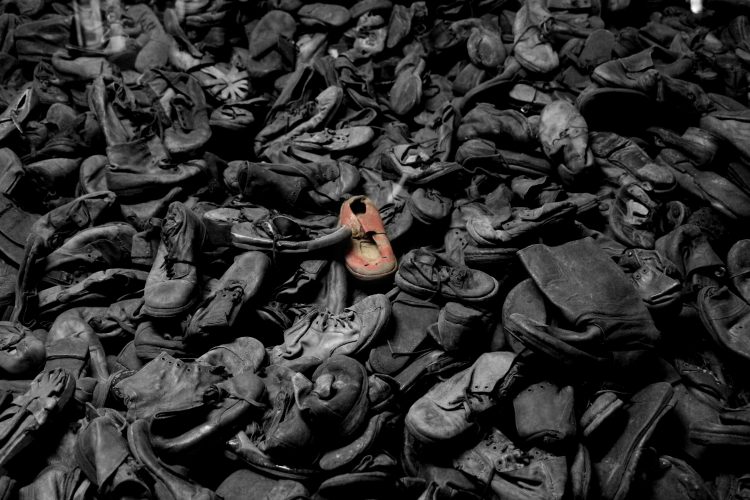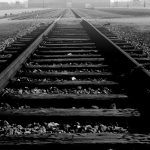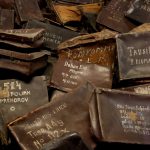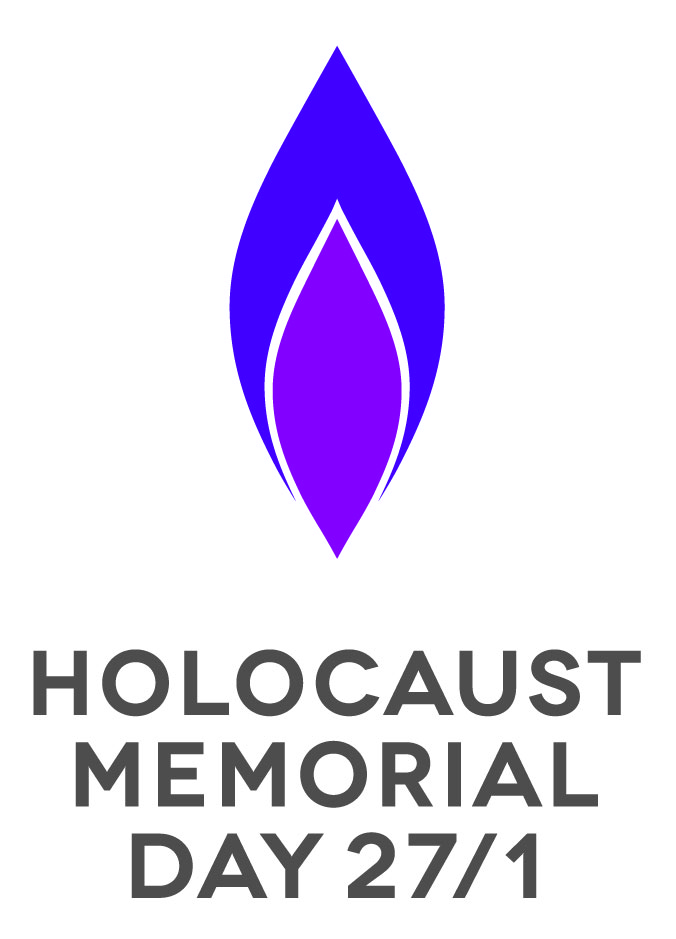Kanada: a play on words

Ballycastle Museum restoration, extension, and refurbishment project
1st January 2024
The Devils of Ballycastle: Boyd’s ‘Indian’ Sculpture Group – full publication
21st February 2024Kanada: a play on words
Project Attributes
Project:
Owner:
Date:
17th January 2024
The Kanada warehouses were storage facilities in the Auschwitz concentration camp in Poland during the Holocaust. The buildings were used to store the stolen belongings of prisoners, mostly Jews who had been murdered in the gas chambers on arrival.
From early 1942, when the mass gassing of Jews began, prisoners would bring belongings with them in the belief they were being resettled. This included household utensils, clothing, shoes, valuables, and professional tools, with their names, addresses and dates of birth on their luggage, all of which ended up in this storage facility. The warehouses became known as “Kanada” (or “Canada”) because the prisoners saw them as the land of plenty. It was viewed as one of the best jobs in Auschwitz, because prisoners could “organize” and procure goods for themselves and other inmates. The first warehouses “Kanada I” were in Auschwitz and later expanded to include “Kanada 2” in nearby Birkenau.
Photos courtesy Paul Beattie, 2013
The belongings of murdered Jews, Poles, French citizens, the Roma and Soviet citizens and POWs were regarded as the property of Germany, which meant the camp made no attempt to pass them to the next of kin.
Steven Callaghan’s Canada booklet is a fictional tale written from the perspective of a little boy who is confused about the difference between Canada and the Kanada warehouses. It was written in response to his experience of visiting Auschwitz-Birkenau in 2013.







